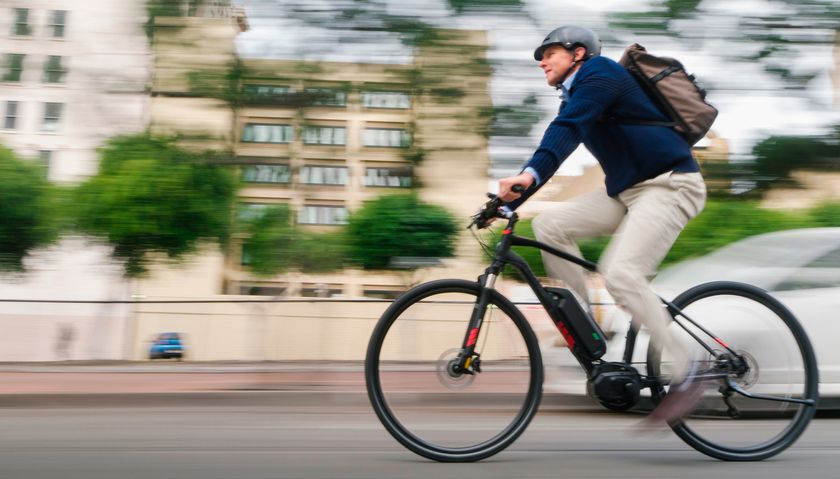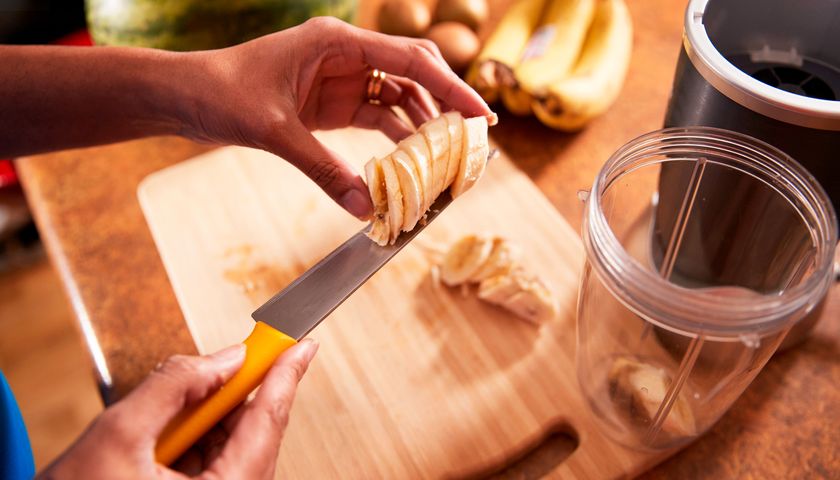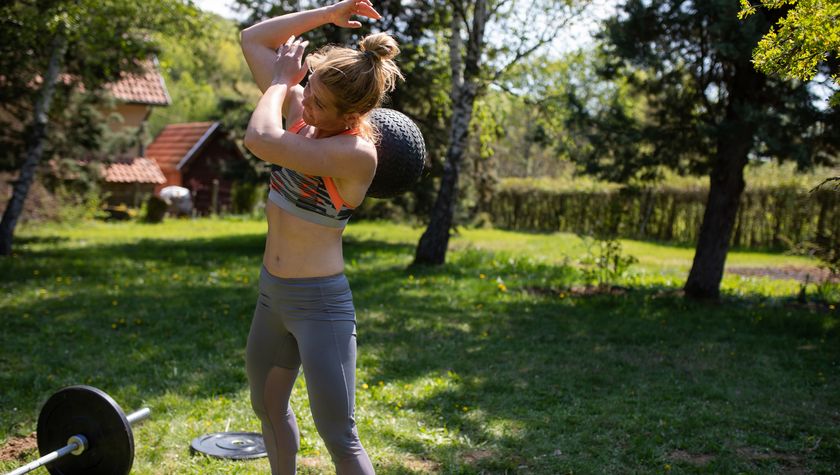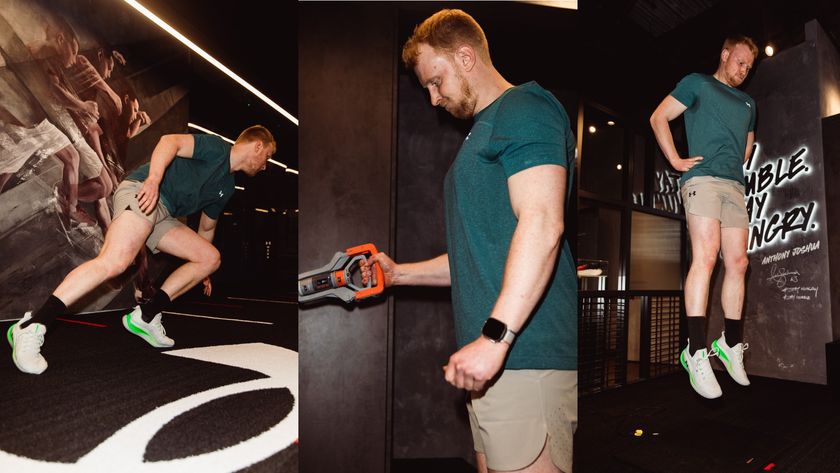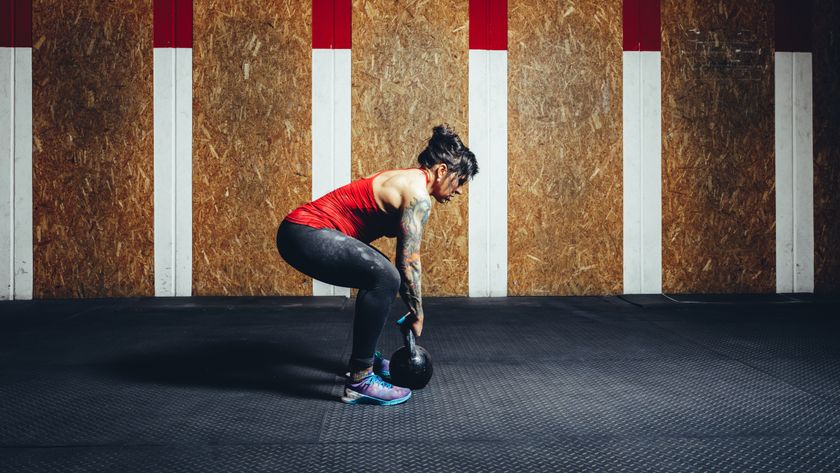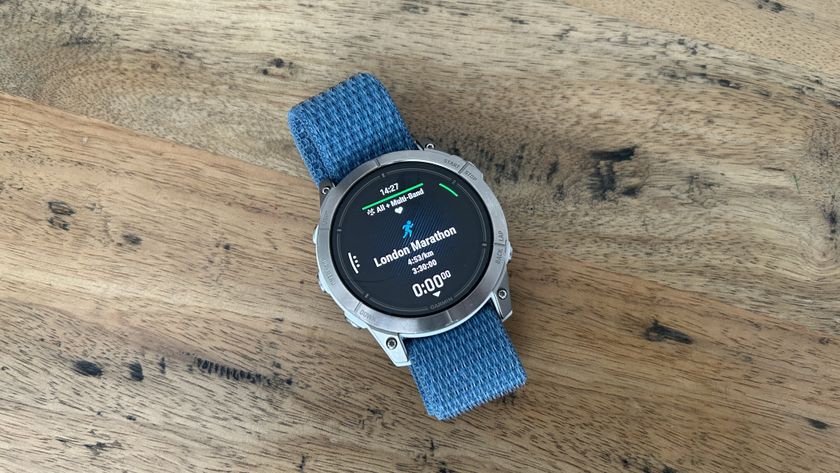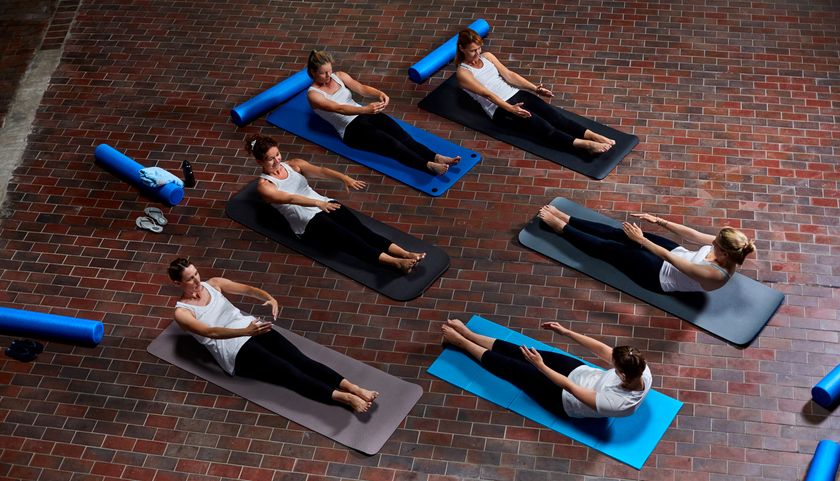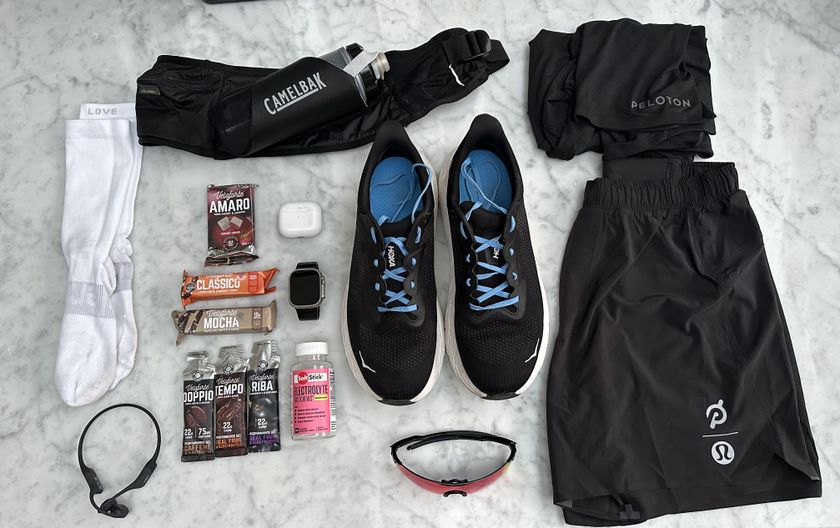7 ways to smash through your training plateau
Train smart and there’s no reason why you need ever hit a plateau, says strength and conditioning specialist Eric Cressey
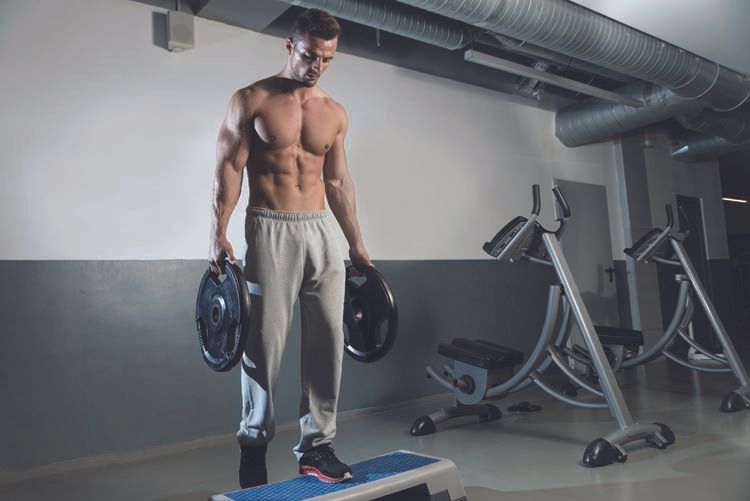
I’ve helped athletes in a variety of sports and at all stages in their careers – from promising newcomers to ageing stars – achieve their highest levels of performance. Some people are happy to coast through their training, never really improving. As an expert in biomechanics and strength development, I find that seriously frustrating, especially since I know that by making only a couple of tweaks to your approach you can get much more out of your time at the gym. Each piece of advice here is easy to put into practice, so the only person standing between you and a more efficient way of training is you.
Get stretching right
Stretching helps to prepare your muscles before a workout, ensuring that you don’t pick up any injuries, and to soothe them afterwards, aiding speedy recovery. Many people ignore this vital part of exercise or get it wrong, but it isn’t complicated. Before training, do some foam rolling followed by dynamic flexibility work such as core rotations, arm swings and knee raises. Then do static stretches after your workout.
Choose weights
I’m often surprised by the fact that the cardio areas in just about every gym are busier than the weight training sections. If you have to pick one or the other, you should go with weight training 99% of the time because it helps you build muscle and improves your cardio fitness if done at a high intensity. Unfortunately, this isn’t reflected in most gym-goers’ priorities.
Coach yourself
Technology such as Coach’s Eye has made it possible to video yourself with the aim of studying and improving your form without the need for a full-time PT. However, doing this properly depends on you being a strong visual learner. If you’re in doubt, ask someone who works at the gym to give you some pointers. You shouldn’t need to shell out for PT sessions just for a few pieces of advice.
Tweak your programme
The ideal scenario is to do workouts designed specifically for you, but of course not everyone can afford to have their programme tailor-made. Don’t let that put you off. Get your expertise from trusted sources such as this magazine. Find a programme that reflects your own goals and follow the first few suggested workouts to the letter, but don’t be afraid to adjust it later to suit your strengths and weaknesses.
Be resilient
The best athletes know they won’t be perfect every time. Chalk up your poor performances as experiences that can teach you how to stop them happening again. Don’t allow one bad training session to snowball. If something isn’t going to plan, stop and assess what’s going wrong. Do this by filming yourself or asking a friend to take a look. If you don’t have the resiliency to critique yourself it’s easy to get stuck in a downward spiral.
Get on the deload
One of the most common training mistakes I see is people failing to include ‘deloads’ in their programmes. It’s easy to get excited about training and to want to hit the gym hard every time, but if you do that your body never has a chance to recharge. Temporary periods of reduced training are essential to let your body recover and get stronger while also reducing the risk of overuse injuries.
Get the Coach Newsletter
Sign up for workout ideas, training advice, reviews of the latest gear and more.
Be your best
Waste no time at the gym with Cressey’s top tips for maximising your gains
Switch off
Too many people are heavily distracted when they start training. The best thing you can do to get into the right mindset before exercise is to turn off your mobile phone 30-45 minutes before you start your warm-up.
Be traditional
If you only use one bit of kit in your training, make it a barbell. There’s a reason why it’s been the most popular resistance-training implement for the past century – it’s very versatile and you’re almost guaranteed to pack on muscle.
Use the best
If you want to work with a PT, don’t just settle for the first one you meet. If a PT is sloppy in the way they present themselves, for example, chances are they’ll be sloppy in the way they train their clients. Do some taster sessions with four or five PTs before you make your decision.
Between 2014 and 2015, Andre Jackson was the web editor of Men’s Fitness UK, which predated and then shared a website with Coach. A love for climbing ropes and boarding slopes, he doesn’t have the most traditional of workout plans but he’s obsessed with finding out how much protein he can get from everything. His favorite gym move is double wave battle ropes, his favorite sports are football and snowboarding, and his personal best is conquering a V6 bouldering climbing wall.

